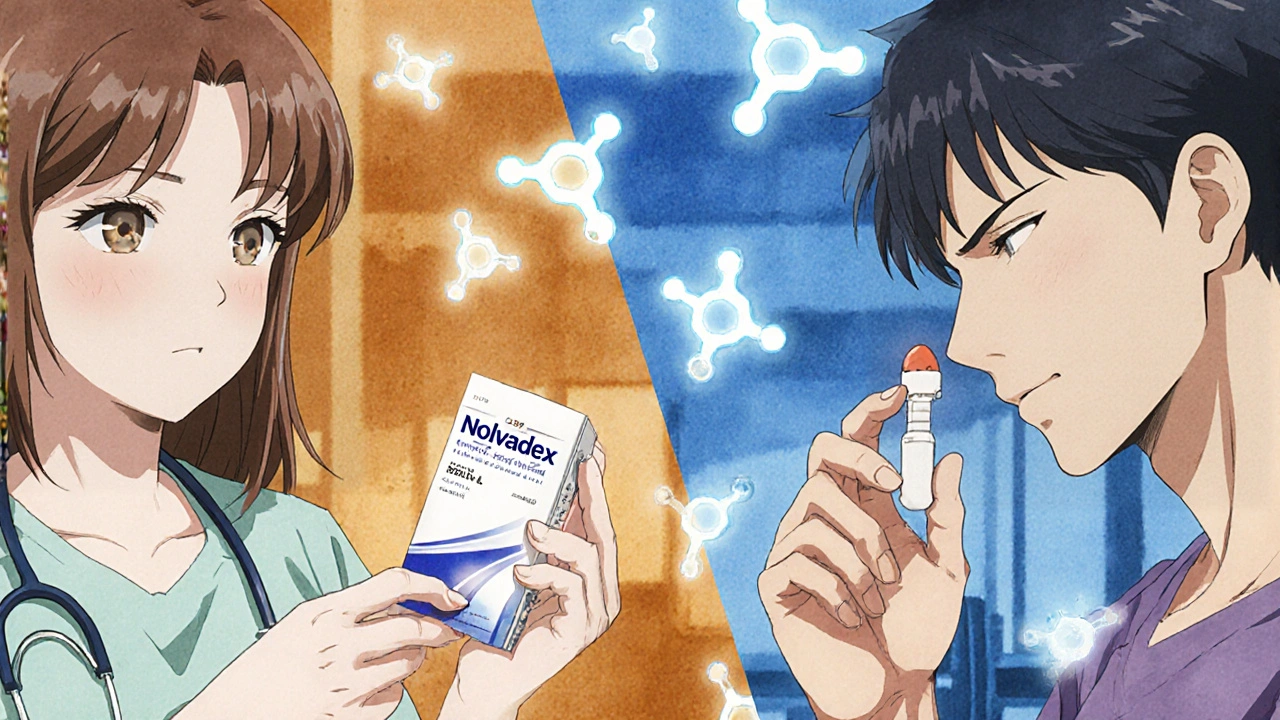Breast Cancer Treatment: What Works, What to Expect, and How to Navigate Options
When someone is diagnosed with breast cancer treatment, the medical approaches used to stop or slow the growth of cancer cells in the breast and surrounding tissue. Also known as cancer therapy, it's not one single thing—it's a mix of options chosen based on the type, stage, and biology of the cancer, plus your overall health and preferences. The goal isn't just to remove the tumor, but to lower the chance it comes back and to help you live as well as possible during and after treatment.
Most chemotherapy, drugs that kill fast-growing cells, including cancer cells is used to shrink tumors before surgery or to kill leftover cells after. It’s not gentle—side effects like fatigue, hair loss, and nausea are common—but for many, it’s life-saving. Then there’s hormone therapy, treatment that blocks estrogen or lowers its levels to stop hormone-sensitive tumors from growing. If your cancer feeds on estrogen, this can be a long-term shield against recurrence. For others, targeted therapy, drugs that attack specific proteins or genes driving cancer growth makes sense—like HER2-targeted drugs for those with HER2-positive cancer. And radiation therapy, high-energy beams that destroy cancer cells in a precise area is often used after a lumpectomy to zap any cells left behind.
What you get depends on your cancer’s profile—not just where it is, but what it’s made of. Some tumors respond well to just surgery and radiation. Others need a full combo: chemo, hormone therapy, and targeted drugs, sometimes all at once. There’s no one-size-fits-all plan. That’s why knowing your cancer’s subtype matters more than just hearing "you have breast cancer." The good news? Treatments keep getting smarter. New drugs, better ways to deliver them, and smarter timing mean more people live longer with fewer side effects.
You’ll find posts here that break down exactly how these treatments work, what side effects to expect, how to manage them, and what to ask your doctor when choices feel overwhelming. Whether you’re weighing chemo options, dealing with hormone therapy side effects, or trying to understand why radiation was recommended, the guides below give you straight answers—no jargon, no fluff. This isn’t just about surviving treatment. It’s about knowing what’s happening, why it’s happening, and how to take back control.

Compare Nolvadex (Tamoxifen) with Alternatives for Breast Cancer and Post-Cycle Therapy
Compare Nolvadex (Tamoxifen) with Clomid, Arimidex, Fareston, and natural alternatives for breast cancer treatment and post-cycle therapy. Learn which option works best for your needs and why.
